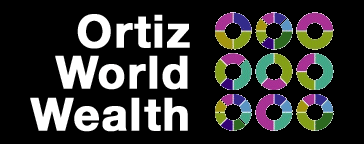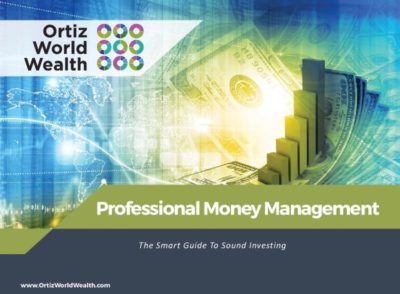06 Dec Rates And Bonds
The economy and news around the world and in our country gives us the signs that we need in order to make our investment choices just that much wiser, all we have to do is pay attention to them. With the consistent stale mate that the market is basically in right now there is no reason to make any quick decisions, however there is still money to be made, and money to protect.Recently consumer prices are up 0.2% and have risen 1.9% over October of last year. However this does exclude food and energy prices. With crude oil dipping below $40 in late November, inflation is near the Fed’s target of 2%. What this does mean is that domestic services and rents are going to be on the rise, and imported goods will be on the fall. Also, industrial production fell by 0.2% in October. Auto prices fell while auto manufacturing rose by 10% on the year, this matches the estimates that the auto industry is ready for a decline. This is good for anyone looking to get a good deal in the spring of 2016.
However bond investors might find happiness to be right around the corner. The fed minutes predicted a December rate hike of about 0.25% which the fed agreed would be natural. What this means is that with the rate staying steady where it is, which is right around zero, bond investors will get high prices. However keep in mind that when interest rates rise there is an inverse relationship to bond prices. Let me explain:
However bond investors might find happiness to be right around the corner. The fed minutes predicted a December rate hike of about 0.25% which the fed agreed would be natural. What this means is that with the rate staying steady where it is, which is right around zero, bond investors will get high prices. However keep in mind that when interest rates rise there is an inverse relationship to bond prices. Let me explain:
When new bonds are issued, they typically carry coupon rates at or close to the prevailing market interest rate. Interest rates and bond prices have what’s called an “inverse relationship” – meaning, when one goes up, the other goes down. The question is: how does the prevailing market interest rate affect the value of a bond you already own or a bond you want to buy from or sell to someone else? The answer lies in the concept of “opportunity cost.”
Investors constantly compare the returns on their current investments to what they could get elsewhere in the market. As market interest rates change, a bond’s coupon rate – which, remember, is fixed – becomes more or less attractive to investors, who are therefore willing to pay more or less for the bond itself. Let’s look at an example.
Suppose the ABC company offers a new issue of bonds carrying a 7% coupon. This means it would pay you $70 a year in interest. After evaluating your investment alternatives, you decide this is a good deal, so you purchase a bond at its par value, $1,000.1
What if Rates Go Up?
Now let’s suppose that later that year, interest rates in general go up. If new bonds costing $1,000 are paying an 8% coupon ($80 a year in interest), buyers will be reluctant to pay you face value ($1,000) for your 7% ABC bond. In order to sell, you’d have to offer your bond at a lower price – a discount – that would enable it to generate approximately 8% to the new owner. In this case, that would mean a price of about $875.
In conclusion, rates are staying where they have been, and domestic goods are rising in price. This would be a good time for short term investments’ such as bonds, and insuring that your money will be ready for this months small rate increase. Contact you’re financial advisor today to make sure you’re money is where you want it to be.




No Comments